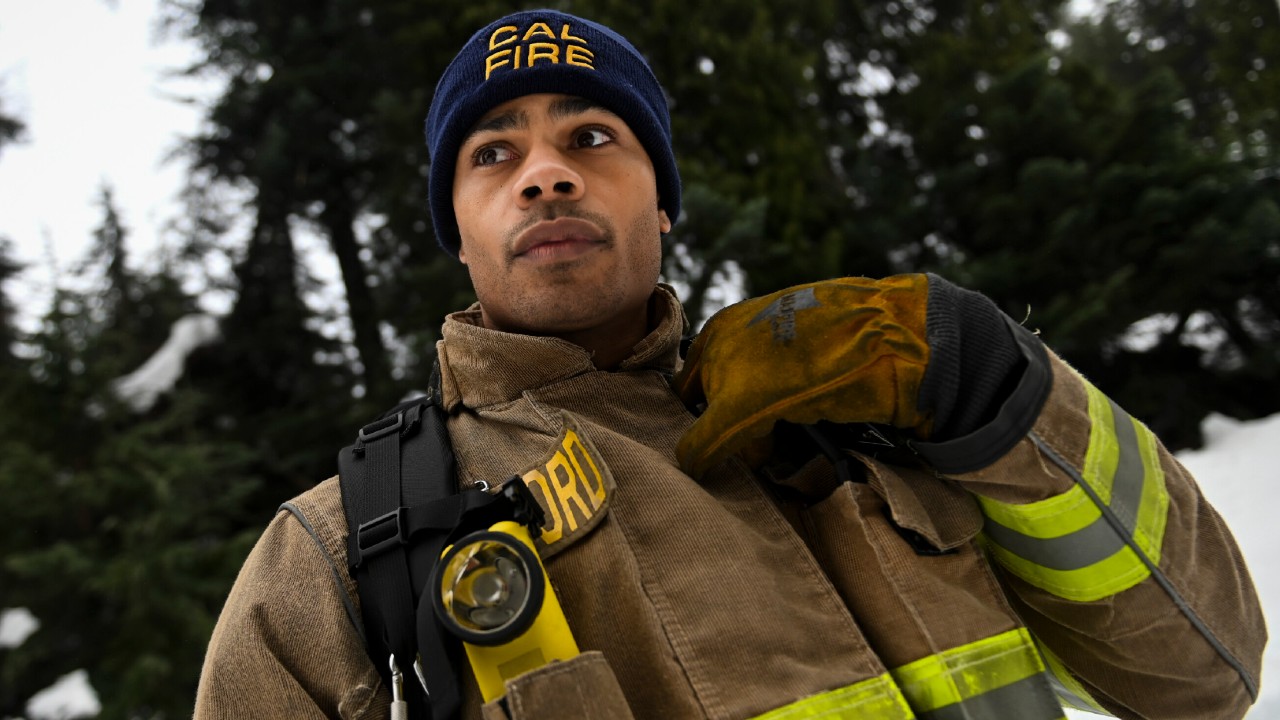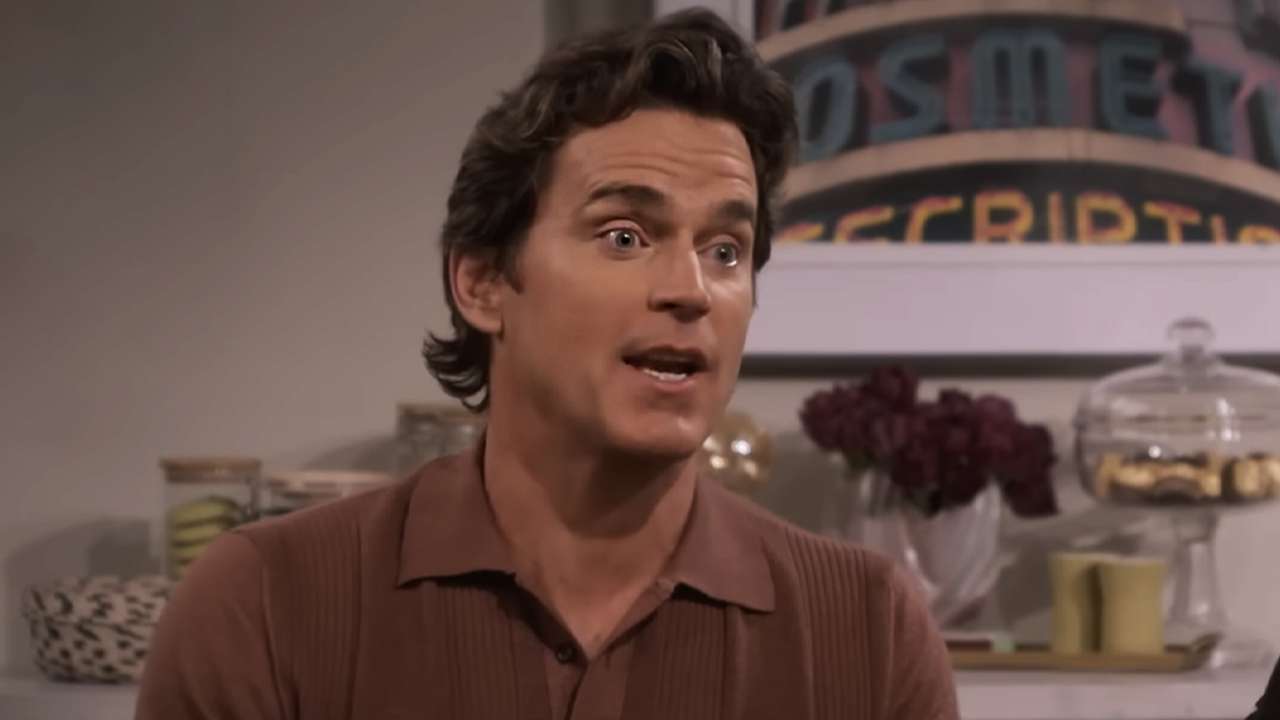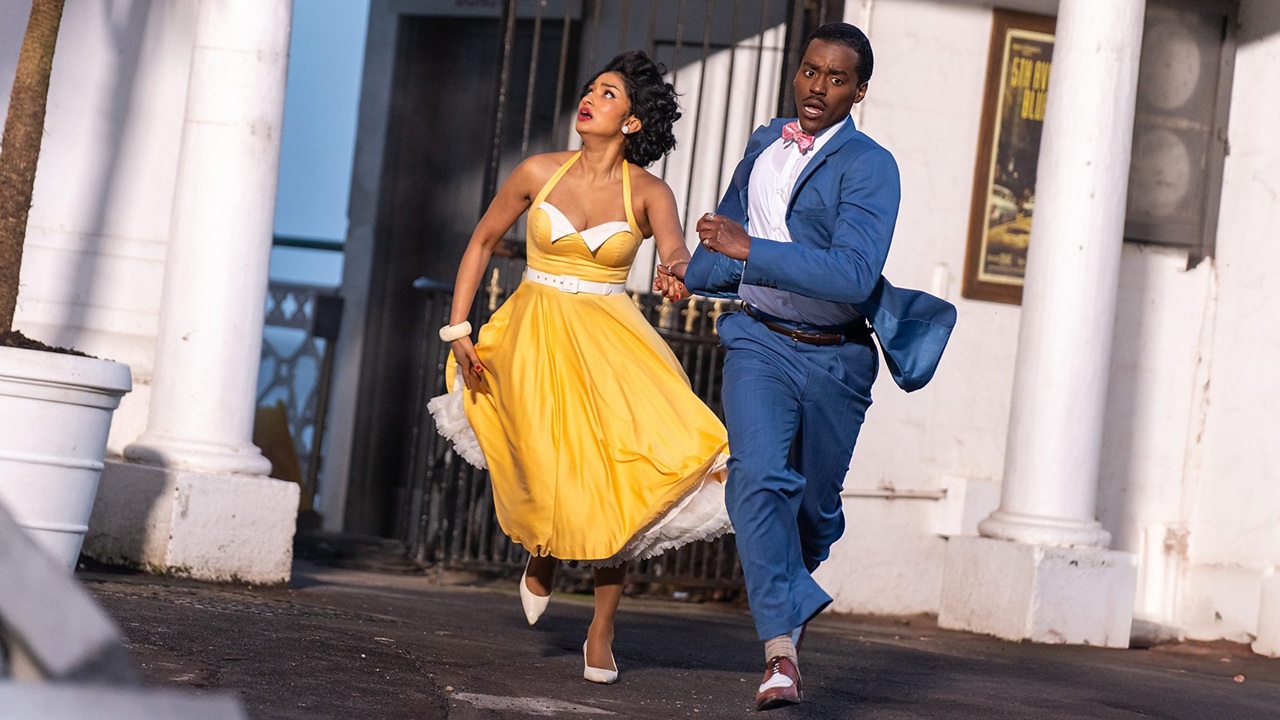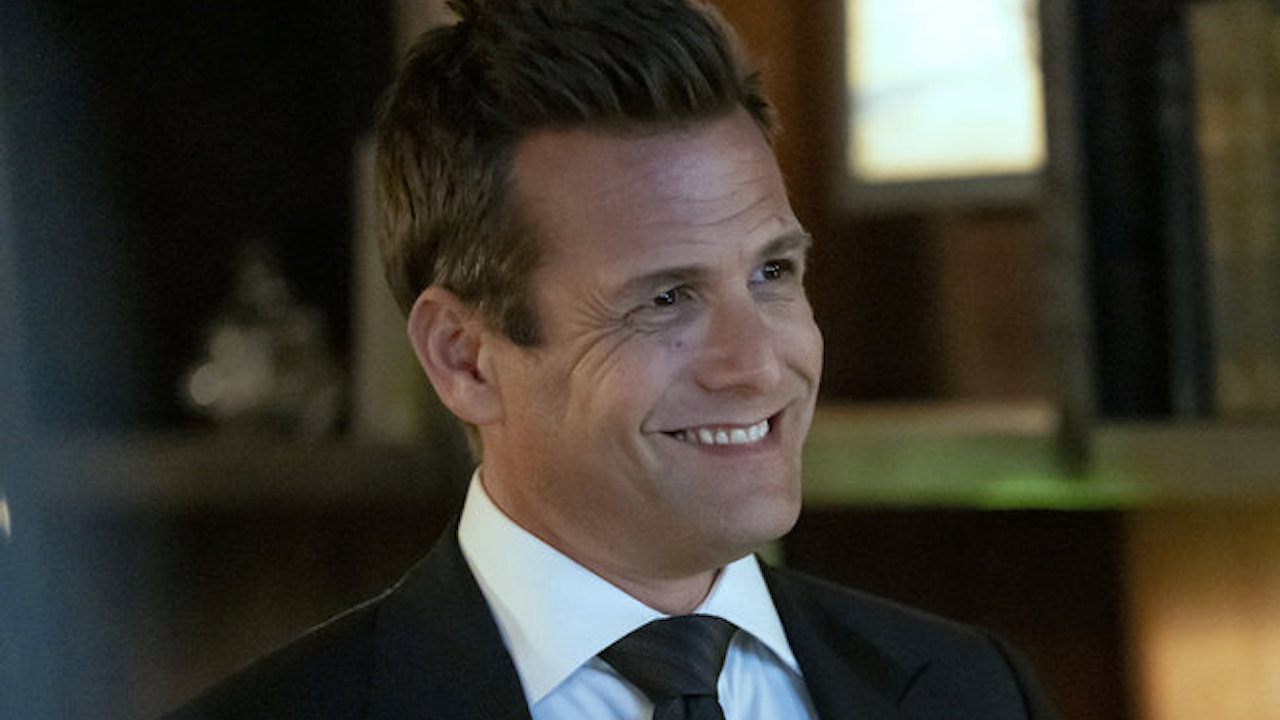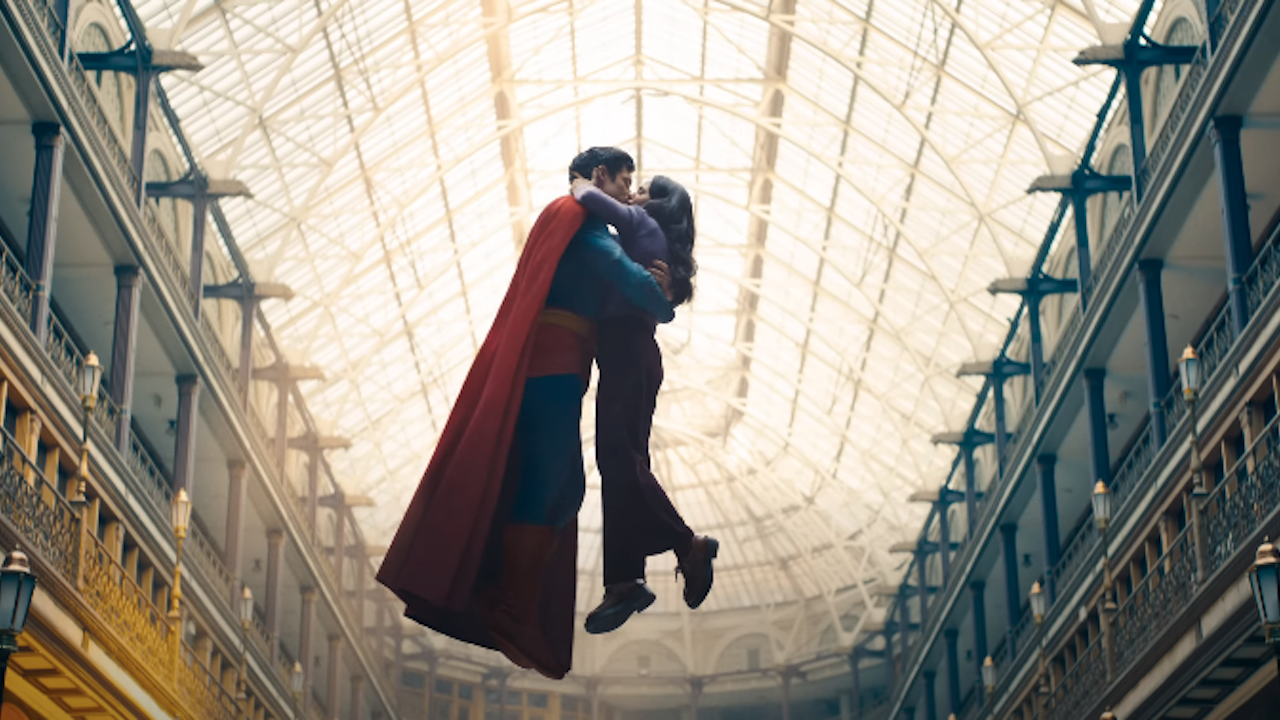8 Awesome Secrets Wes Craven Just Revealed About A Nightmare On Elm Street
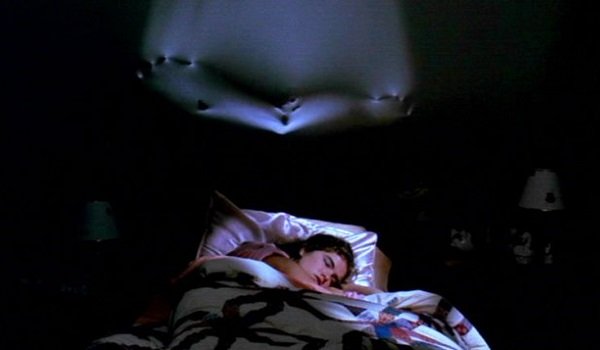
Wes Craven’s A Nightmare on Elm Street was one of the most ambitious and off-the-wall horror movies to come out of the 1980s. After all these years of sequels and competing franchises and that terrible remake, it can be easy to forget to show this crazy-good film its proper reverence. (Doing a music video with Dokken didn’t exactly usher Freddy Krueger’s horror cred to a higher plateau.) And much like every other 30-year-old, A Nightmare on Elm Street has been utilizing social media recently, with Wes Craven celebrating the film’s 30th anniversary in a fun way.
Throughout the month of October, Craven is dropping A Nightmare on Elm Street knowledge of all kinds on fans and followers, using the "#30YearsofNightmare" tag. The director is mixing general info about the production with unique insight into the inspirations behind Freddy Krueger. There’s nothing super juicy like, "Robert Englund is so method that he actually killed people in their sleep while prepping for the role," but that’s probably a good thing. Here are 8 of the most interesting things that Craven has had to say about his monster hit so far.
Some people travel to find inspiration, and some people have their personal privacy invaded by a would-be Peeping Tom with claw hands and a burned face. Craven was probably talking about Krueger’s signature brown fedora and red-and-green sweater. Or maybe his dream-gangster lean. I guess there are a lot of ways to take that Tweet in context. Creepy as it sounds, we should all thank that man for doing some window shopping at the Craven household that one night. He inspired a legend. You know that moment in a movie where everything stops and a character blatantly barks the name of the movie out in a line? Sometimes it’s even used in the trailers. It’s one of those things that both amuses me and drives me bonkers. Doesn’t happen in this movie though.
All of a sudden I wish there was a just-released deleted scene where Glen and Nancy are ordering a pizza and Johnny Depp has to keep saying "Elm Street" over and over because the guy over the phone can’t understand him. They used to say that eating pizza before bed would give you nightmares. Before low-budget supernatural horror discovered found footage and PG-13 ratings, things used to get amazingly bloody and gross. A Nightmare on Elm Street had two scenes that seriously haunted me as a child – as opposed to the many others that only vaguely haunted me – and it was a combination of the absurdities of the scenes and the unlimited use of blood that made them so surreally horrifying. So how much blood was used in the film in all?
One of the scenes I was referring to was the one shown in the picture above, which was created by flipping the set upside down and filming all of the blood gushing down out of a whole in a bed. The other was when Tina (Amanda Wyss) was killed by being dragged across the walls and ceiling of the room while her boyfriend Rod (Jsu Garcia) looked on, completely mystified. It would be so hard to clean the bloodstains out of that room. Good horror often lives and dies by the special effects on display. The goofiest ideas can become legitimately frightening if they look convincing enough. Thankfully, everything about A Nightmare on Elm Street still works 30 years later, and a lot of that has to do with how goddamned scary Freddy Krueger is: he’s an immortal child murderer who retains the scarred-up look of his burned-to-death human form. Perhaps the only thing more disturbing than that is knowing how long Robert Englund had to sit in the makeup chair to bring the character to life.
Even burning to death doesn’t take that long, and he had to do it on a daily basis. Now, as first films usually do, the original Nightmare on Elm Street didn’t feature Freddy as often as the later films did, bringing him out sparingly for greater effect. (This was also before everything he uttered was a punchline of sorts.) So it’s possible he didn’t have to go through this elongated process that often during the film’s month-long production shoot. But he still had to do it for another seven films. Almost immediately after the first film came out, actor Robert Englund’s career all about Freddy Krueger, one of the most instantly recognizable characters in cinema history. He’s so at home in the part it’s easy to think of the actor effortlessly grabbing Freddy’s glove and putting it on in a graceful manner – like a king putting on his crown. But it took some time to get to that point.
Not even the actor who played Freddy Krueger is safe from the evil bastard. This is a good example of how low-budget films can work sometimes. Don’t have the money to create a scary-looking leather glove with replica blades on the fingers? Just use real blades on the fingers. There’s some fine print somewhere that mentions it. Freddy’s glove remains one of the most memorable movie weapons of all time. Was it conceived as a way of giving a character four blades instead of one? Was it inspired by the claws of the rugged X-Men mutant Wolverine? Not quite. It turns out evolution had a little more to do with it.
CINEMABLEND NEWSLETTER
Your Daily Blend of Entertainment News
That’s perfectly understandable, even if Freddy is more agile with his glove than an animal would be with their claws (maybe animals should start getting inspired by Freddy Krueger). I really like the glove blueprint that Craven included here, as it shows just how homemade this weapon was created, both from a production standpoint and from a character standpoint. We got to see Freddy putting his glove together a time or two in future films, sharpening the blades and such. Even soul stealers can adapt their techniques, which is its own spooky train of thought. One of the most iconic scenes in A Nightmare on Elm Street involves Freddy breaking through to Nancy’s subconscious, trying to penetrate a wall to get to her. He doesn’t actually come through, but the ghoulish outline of his face and hands above Nancy’s angelic sleeping face is all the more frightening because of it. Care to know the amazingly simple way this trick was pulled off?
Sometimes the simplest solution is the most effective one, and that’s definitely the case here. Many films’ most memorable moments involve an insane stunt or other relatively expensive ordeal. Wes Craven also tweeted about the film’s $1.8 million budget, which is incredible, especially in this world of Blumhouse micro-productions. They’d probably spend more than $1.8 million on Freddy’s makeup these days. Though Freddy later gained more outrageous dream-state powers - like his video game Power Glove and the giant snake-demon thing - he was originally only rocking special effects like "elongated arms" and the ability to produce sparks out of his gloves whenever he saw fit. Turns out there wasn’t anything complicated behind this trick either.
That’s the kind of effect that you don’t even have to go anywhere to bring it to life, assuming you have a car with a battery in it. He also shared one that said the scraping noise the gloves make was just a steak knife being scratched along the bottom of a folding chair. I can’t wait to see if he talks about the tongue coming out of the phone. This seems like the kind of production where they would have used a real cow tongue.
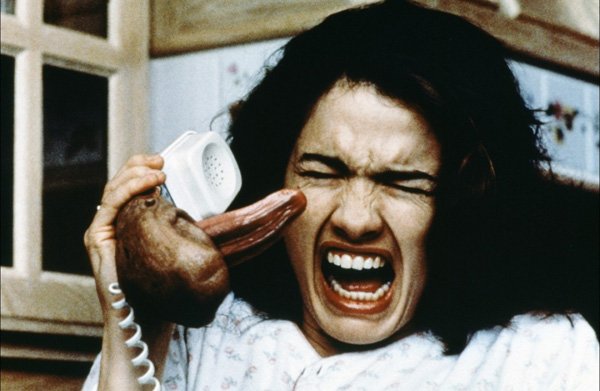
Craven is posting one fact a day, so keep an eye on Twitter to find out more surprising background info about the origins of the best horror franchise out there!

Nick is a Cajun Country native and an Assistant Managing Editor with a focus on TV and features. His humble origin story with CinemaBlend began all the way back in the pre-streaming era, circa 2009, as a freelancing DVD reviewer and TV recapper. Nick leapfrogged over to the small screen to cover more and more television news and interviews, eventually taking over the section for the current era and covering topics like Yellowstone, The Walking Dead and horror. Born in Louisiana and currently living in Texas — Who Dat Nation over America’s Team all day, all night — Nick spent several years in the hospitality industry, and also worked as a 911 operator. If you ever happened to hear his music or read his comics/short stories, you have his sympathy.
